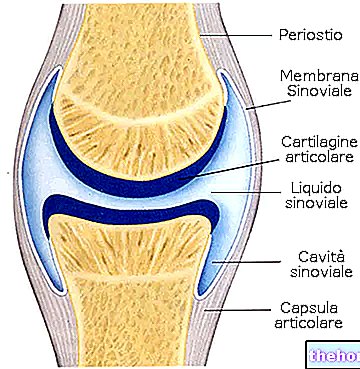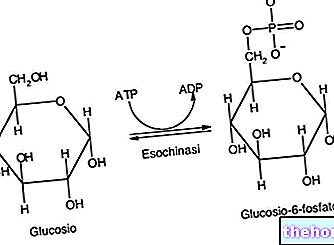Muscle growth is an extremely complicated process that in some respects still needs to be clarified. The volume of our muscles is in fact regulated by numerous factors such as genes, hormones, enzymes, cells, macro and micronutrients, receptors, etc.
The universally accepted term to describe the phenomenon of muscle growth is "hypertrophy".
One of the most fascinating research in the field was the one that led to the discovery of satellite cells in 1961. The most interesting feature of these mononuclear cells lies in their ability to join together to generate new muscle cells. Unlike satellite cells, the latter do not possess this characteristic and, although subject to continuous turnover, they can only increase in size (hypertrophy) but not in number (hyperplasia).
Muscle hypertrophy
Under normal conditions, satellite cells do not participate in muscle development. They are in fact in a state of quiescence and become active only in particular circumstances (especially in response to strong hormonal stimuli or following a strong muscle trauma). These cells therefore possess a powerful regenerative action.
After being activated, the satellite cells begin to divide and multiply giving rise to myoblasts (embryonic progenitor cells of the muscle ones). This first stage is called "satellite cell proliferation".
The newly formed myoblasts merge with the damaged muscle cells giving them their nuclei (phase of differentiation). Polynuclear muscle cells are the result of this union, and their name derives from the presence of more than one nucleus within the same cell.
The increase in the number of nuclei allows these cells to significantly increase protein synthesis by producing, among other things, more contractile proteins (actin and myosin) and more androgen receptors (hormones with an anabolic effect).
The combination of all these processes, called muscle hypertrophy, leads to an overall increase in the size of the muscle cell.
Muscle hyperplasia
Myoblasts also have the ability to fuse with each other and thus generate new muscle cells. This process, called hyperplasia, plays a marginal role in muscle growth, which is mainly regulated by hypertrophy.

It is important to underline that muscle trauma can also be caused by particularly intense and exhausting training. Exercises with weights and downhill running (eccentric muscle contraction) therefore represent a powerful stimulus for the activation of satellite cells.
Activation of satellite cells
As mentioned at the beginning of the article, satellite cells are normally inactive. Their proliferation can be triggered by hormonal factors or by major muscle trauma.
The hormones capable of activating satellite cells are different and collaborate with each other by carrying out a common action (testosterone, insulin, HGH, IGF-1 and other growth factors such as "MGF *," FGF ** and "HGF * **). For this reason, the intake of anabolic steroids, combined with a high-protein diet and adequate training, increases muscle mass by stimulating hypertrophy and to a lesser extent the formation of new muscle cells (hyperplasia).
However, not all anabolics work the same way. From this point of view, the best anabolic effects are attributable to hormones with strong androgenic and / or aromatizable activity. However, these two aspects are responsible for most of the most dangerous side effects related to steroids (prostatic hypertrophy, acne, hair loss, aggression, gynecomastia and water retention).
The activation of satellite cells is regulated not only by hormones but also by numerous other factors. Among these we point out the myostatin which has an inhibitory activity on the proliferation of satellite cells, limiting muscle growth in development and in adult life.
* MGF or mechanical growth factor: it is an isoform of IGF-1 and, in addition to stimulating muscle growth, it also promotes its repair in case of injury. It is produced in the muscle and has an autocrine and paracrine action (it does not circulate in the blood and acts on the cells present in the immediate vicinity). Both of these activities are mediated by the interaction with satellite cells. MGF is mainly produced under stimulus in resistance exercises and responds less to GH than IGF-1 of hepatic origin. Experiments conducted on laboratory animals have attributed to MGF much higher anabolic properties than IGF-1. These results, still awaiting confirmation, represent one of the last frontiers in the field of genetic doping.
** FGF (Fibroblast Growth Factor) favors the capilarization of the muscle fiber through the formation of new microvessels (angiogenesis).
*** HGF Hepatic Growth Factor: is produced by a variety of tissues, including the liver where it stimulates cell proliferation in vitro and liver regeneration in vivo.




























